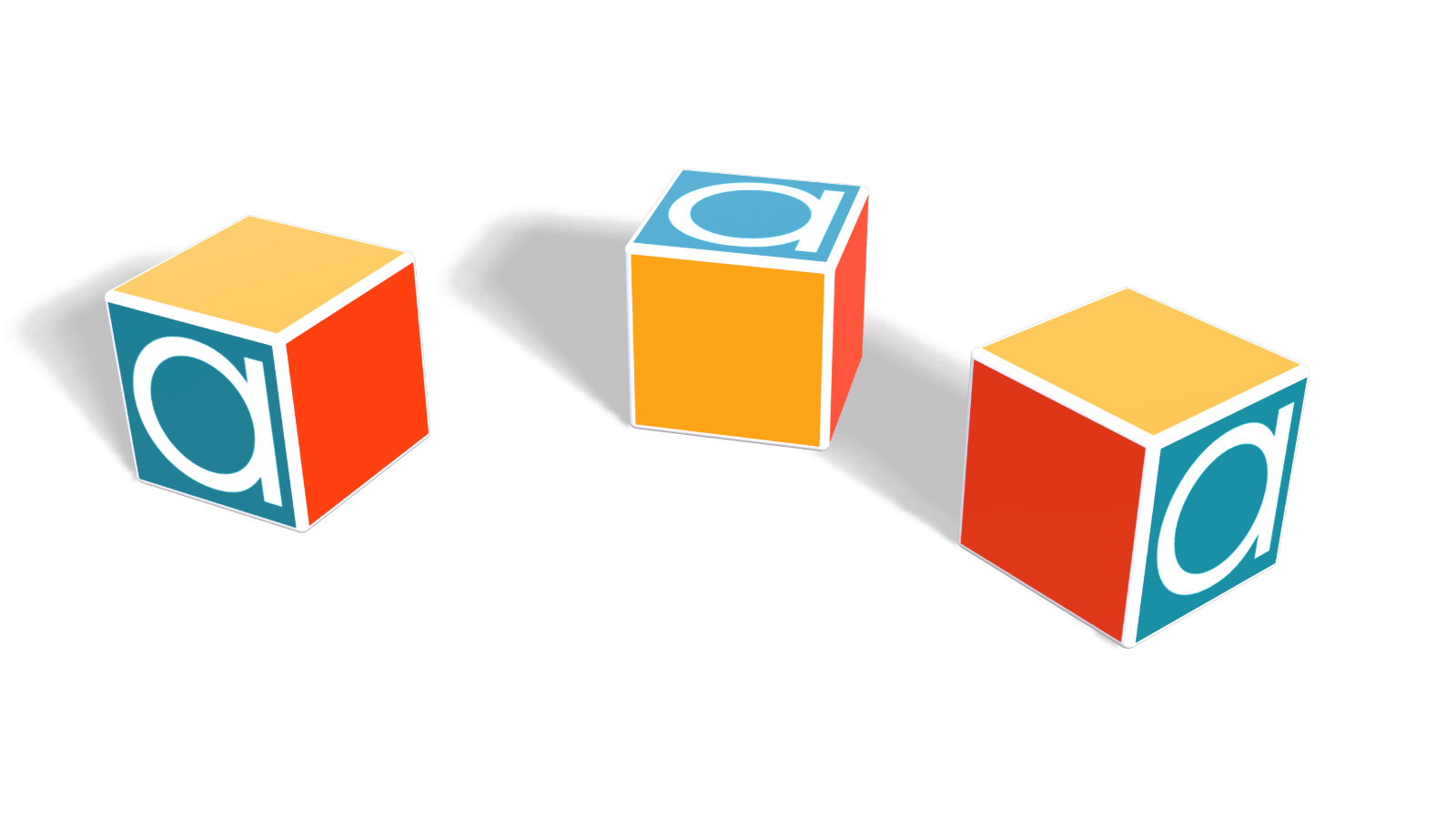Do we actively poison our environment? Some would say yes – that the substances we artificially produce are positively noxious, pointing to vehicle emissions and sewage as examples. While there’s no denying that the human race does pollute to some degree, modelers of the environment now see another problem as more pressing: the overall growth of production and consumption. The race is on to prevent waste and to recycle before we find ourselves submerged in a sea of old car parts and blister packs. In resource use analysis for this, which scenarios are being modeled – and who will win the race?

Do we actively poison our environment? Some would say yes – that the substances we artificially produce are positively noxious, pointing to vehicle emissions and sewage as examples. While there’s no denying that the human race does pollute to some degree, modelers of the environment now see another problem as more pressing: the overall growth of production and consumption. The race is on to prevent waste and to recycle before we find ourselves submerged in a sea of old car parts and blister packs. In resource use analysis for this, which scenarios are being modeled – and who will win the race?
Trader Joe’s time isn’t up yet
The developed world invented consumerism and since then manufacturers and traders never looked back. Resource use analysis starts with two observations. Levels of consumption continue to be high; and the industrialization or modernization of the BRIC (Brazil, Russia, India and China) countries will significantly further increase these levels. In a sense, there’s a ‘hares and foxes’ model at work; see the Analytica Tutorial models for this example. The hares are the products that multiply and the foxes are the recycling plants that break the products back down into reusable materials – for once, foxes may get some good press!
Extending the eco-friendly model
Recycling is just one possibility for reducing (if not reversing) the erosion of natural resources. Resource use analysis can also be extended to cover waste prevention and eco-design. These change the model in that they make better use of resources in the first place and reduce efforts required for recycling. In theory just about everything can be recycled (although you may need assistance with that nuclear waste). Models can be further refined to consider different categories of products and the ease and cost of doing the recycling. Modelers then see how fast different types of product hares can be disposed of by recycling foxes, so to speak.
But what if recycling was wrong?
Conscientious modelers will look at different aspects of a situation to better understand it. There is an argument to be made for instance that recycling may not be a mandatory or even desirable action, either in moral or economic terms. Glass is one example. Recycling glass is time-consuming, complicated and relatively expensive, compared to using more virgin sand, so the argument goes. The energy that goes into recycling (collect all the old glass, transport it to the recycling plant, deal with it correctly) may exceed the energy needed to start anew. And as for eco-design, old glass breaks down by itself anyway in landfills without any undesirable effects. If so, then recycling glass is worse for the planet than just making new glass; another factor for modelers to take into account.
Historical precedents may rule anyway
Resource use analysis of stone age communities in Israel suggest that recycling is ingrained in the human psyche. Cave dwellers were separating bones, flints and animals skins long before today’s recycling conundrums involving old mobile phones and sofas. This may explain why society today can be so adamant about recycling materials when it doesn’t make either economic or ecological sense. But if it’s in our DNA, it’ll have to go in the model. ‘There is nothing stronger than an idea whose time has come’, as Victor Hugo said. He just never said it had to be the right idea…
If you’d like to know how Analytica, the modeling software from Lumina, can help you build realistic models for resource use analysis, recycling, waste prevention and eco-design, then try the free edition of Analytica to see what it can do for you.






